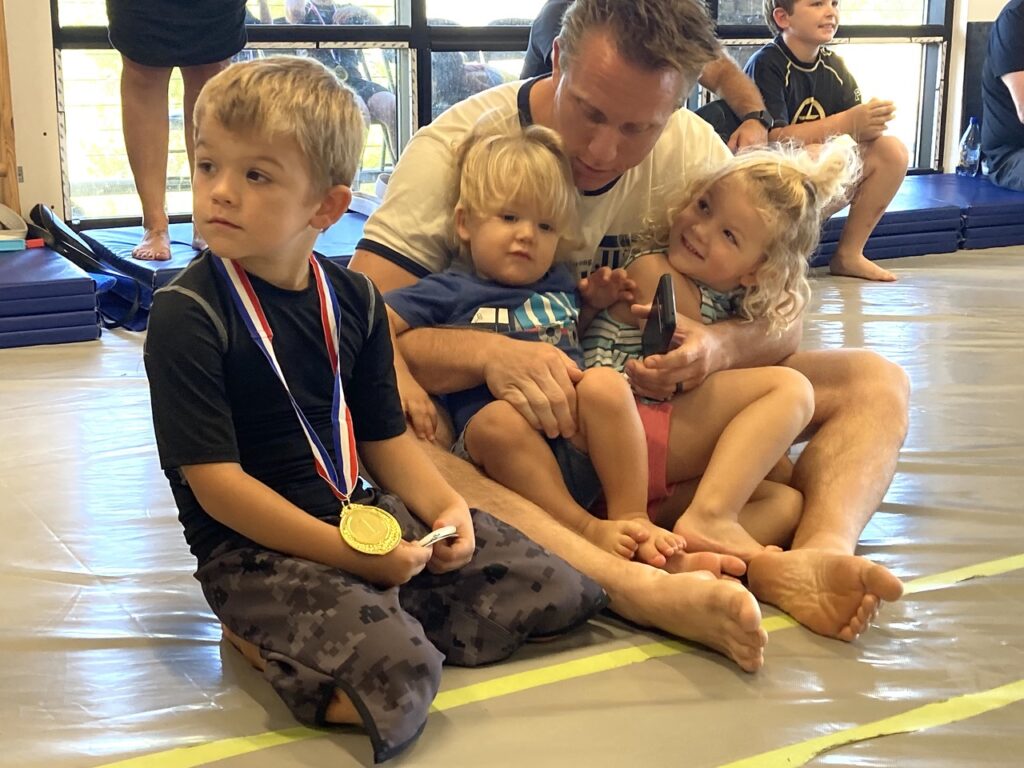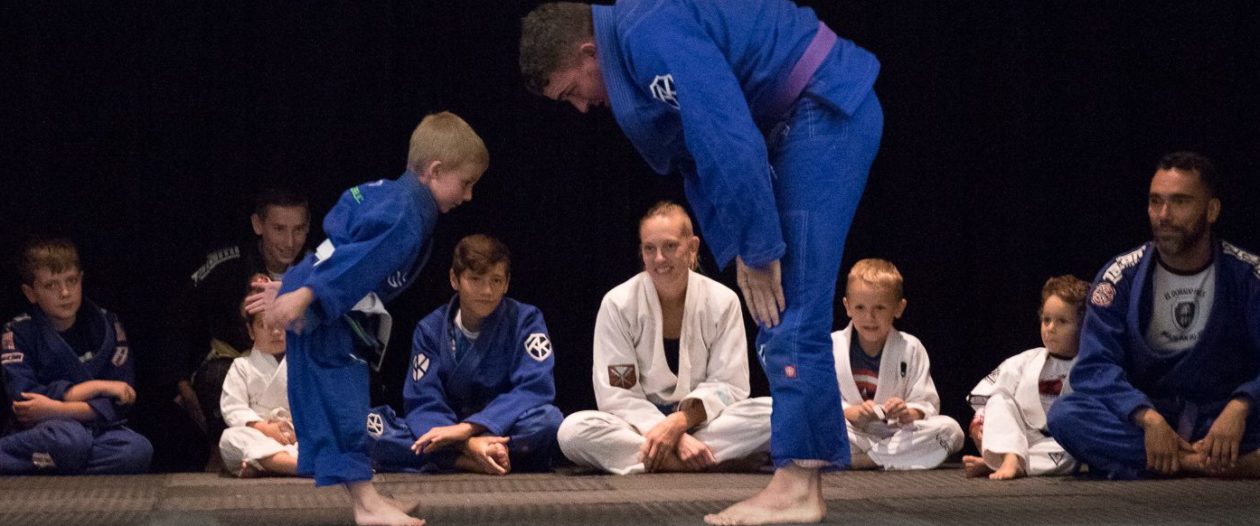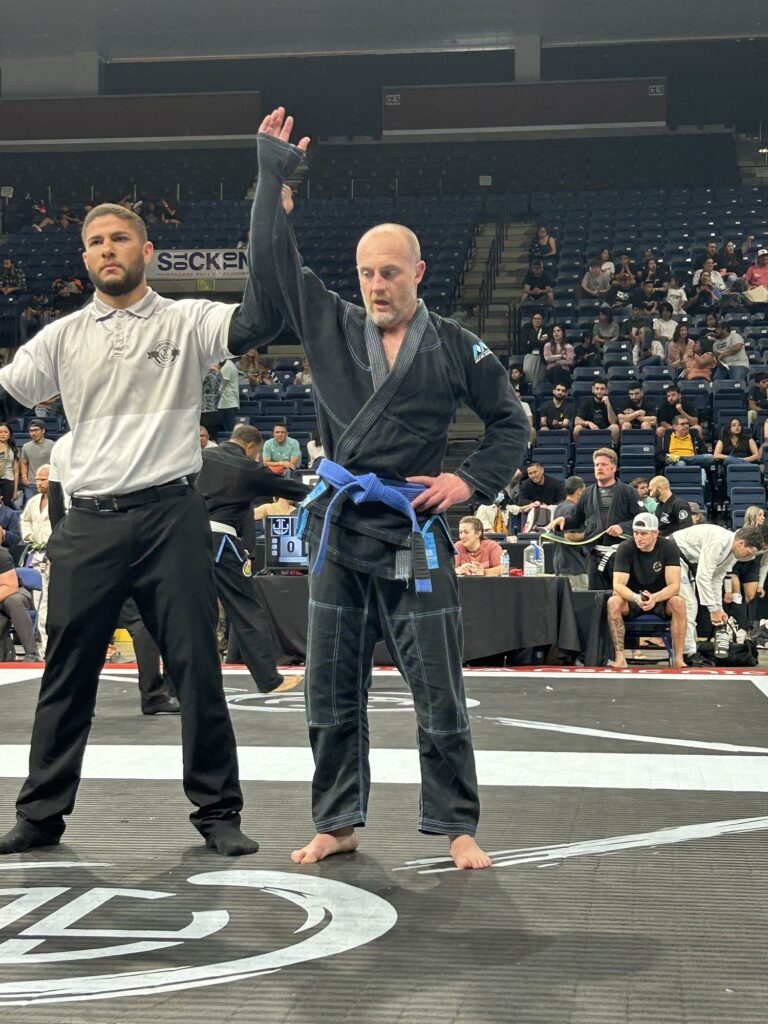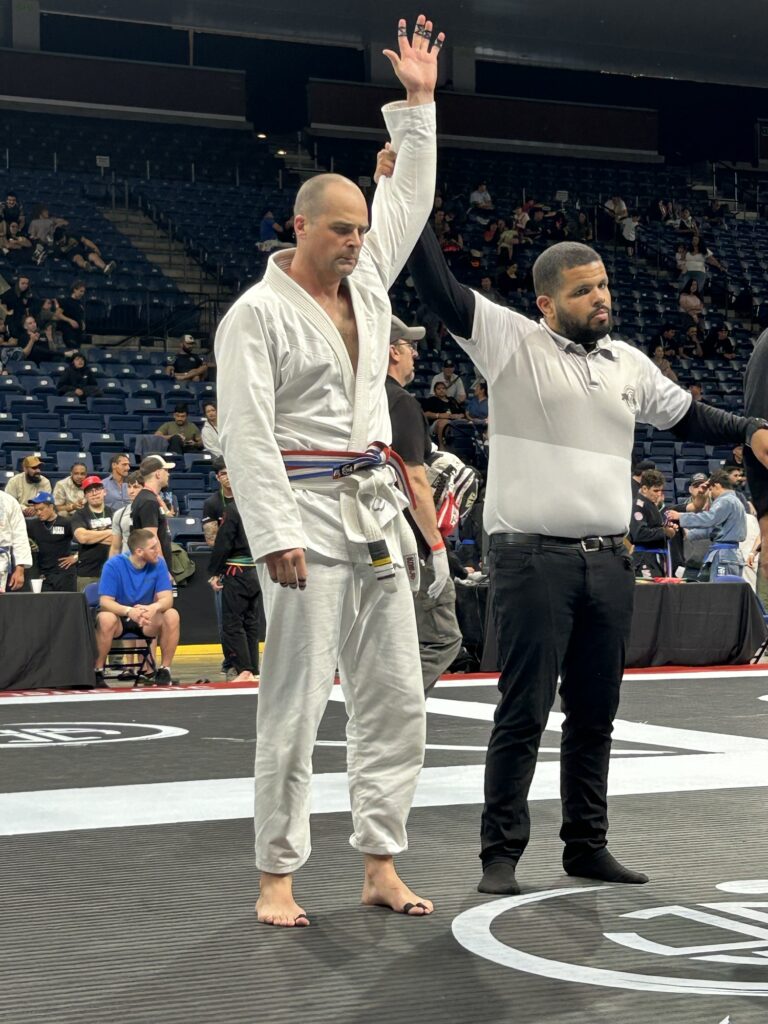Get ready to witness the intensity and excitement as the El Dorado Hills Jiu-Jitsu academy gears up to host its highly anticipated in-house tournament, “Ruckus in the Hills,” on May 19th, 2024. This event isn’t just about competition; it’s about community, growth, and the shared love of the martial arts.
As practitioners of all levels prepare to step onto the mats, the energy in the academy is electric. Each participant is eager to test their skills, challenge themselves, and represent their academy with pride. With a focus on inclusivity and sportsmanship, the tournament promises to be an unforgettable experience for all involved.
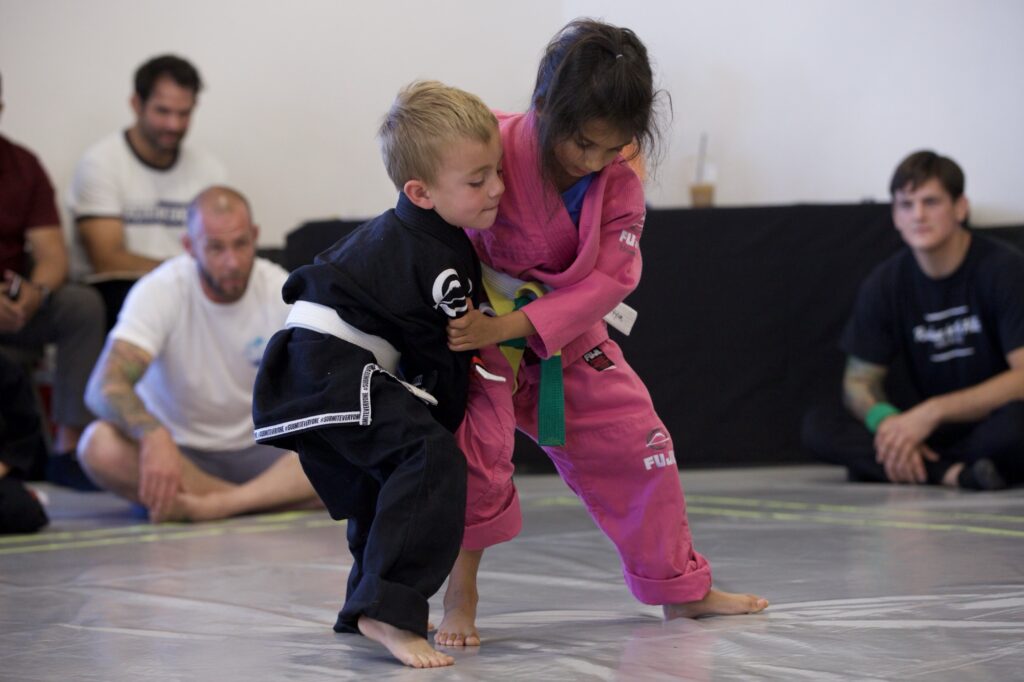
The “Ruckus in the Hills” tournament will feature a variety of divisions, ensuring that every competitor has the opportunity to showcase their talents. Whether it’s the precision of a perfectly executed technique or the resilience shown in the face of adversity, each match will be a testament to the dedication and determination of the participants.
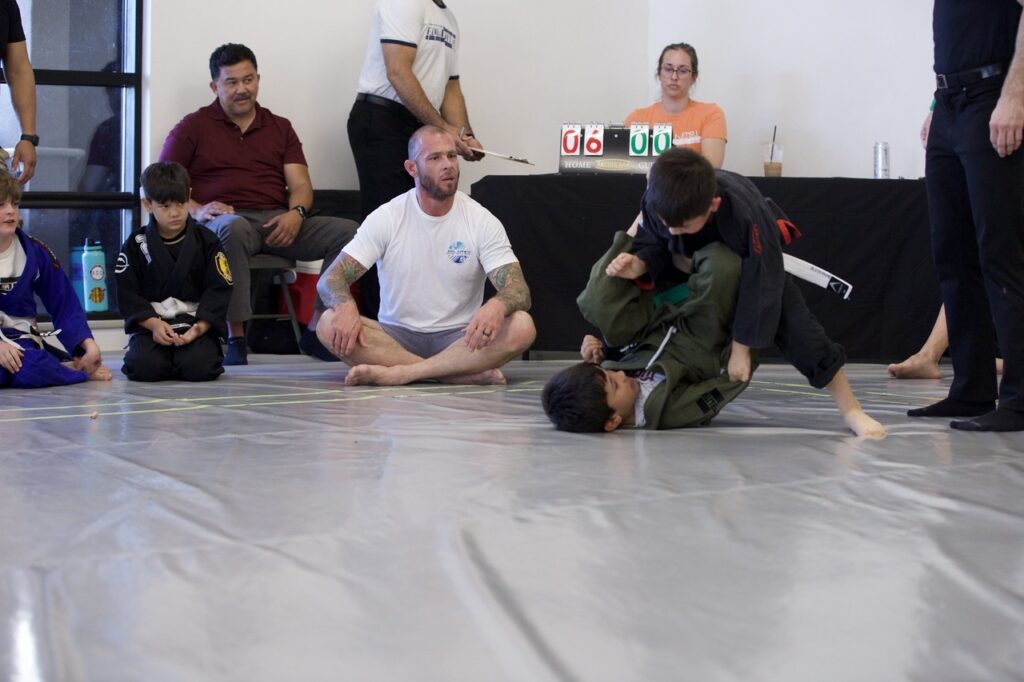
But beyond the thrill of competition, what truly sets this event apart is the sense of camaraderie and support that permeates the atmosphere. As teammates and friends gather to cheer each other on, bonds are strengthened, and memories are made that will last a lifetime. It’s not just about winning or losing; it’s about pushing each other to be the best versions of themselves and celebrating each other’s successes along the way.
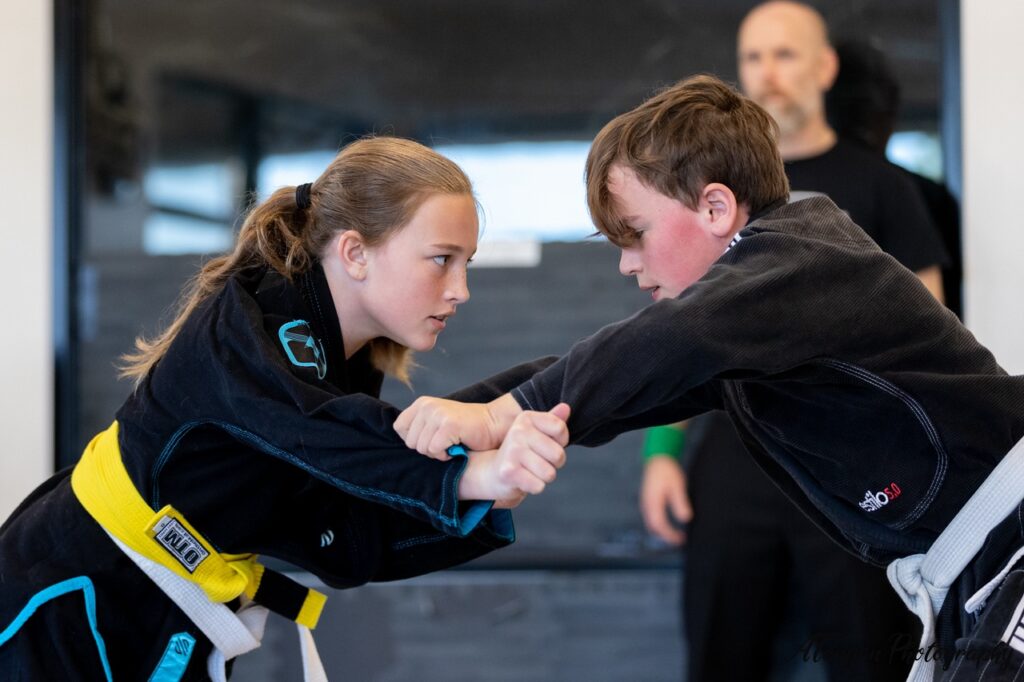
As the “Ruckus in the Hills” tournament unfolds, spectators can expect to witness moments of brilliance, displays of technical mastery, and perhaps even a few surprises along the way. Whether you’re a seasoned competitor or simply a fan of the martial arts, there’s something for everyone to enjoy at this exciting event.
So mark your calendars and join us on May 19th, 2024, as the El Dorado Hills Jiu-Jitsu academy hosts the “Ruckus in the Hills” in-house tournament. Whether you’re stepping onto the mats or cheering from the sidelines, you won’t want to miss this opportunity to be part of something truly special. Let the countdown begin!
